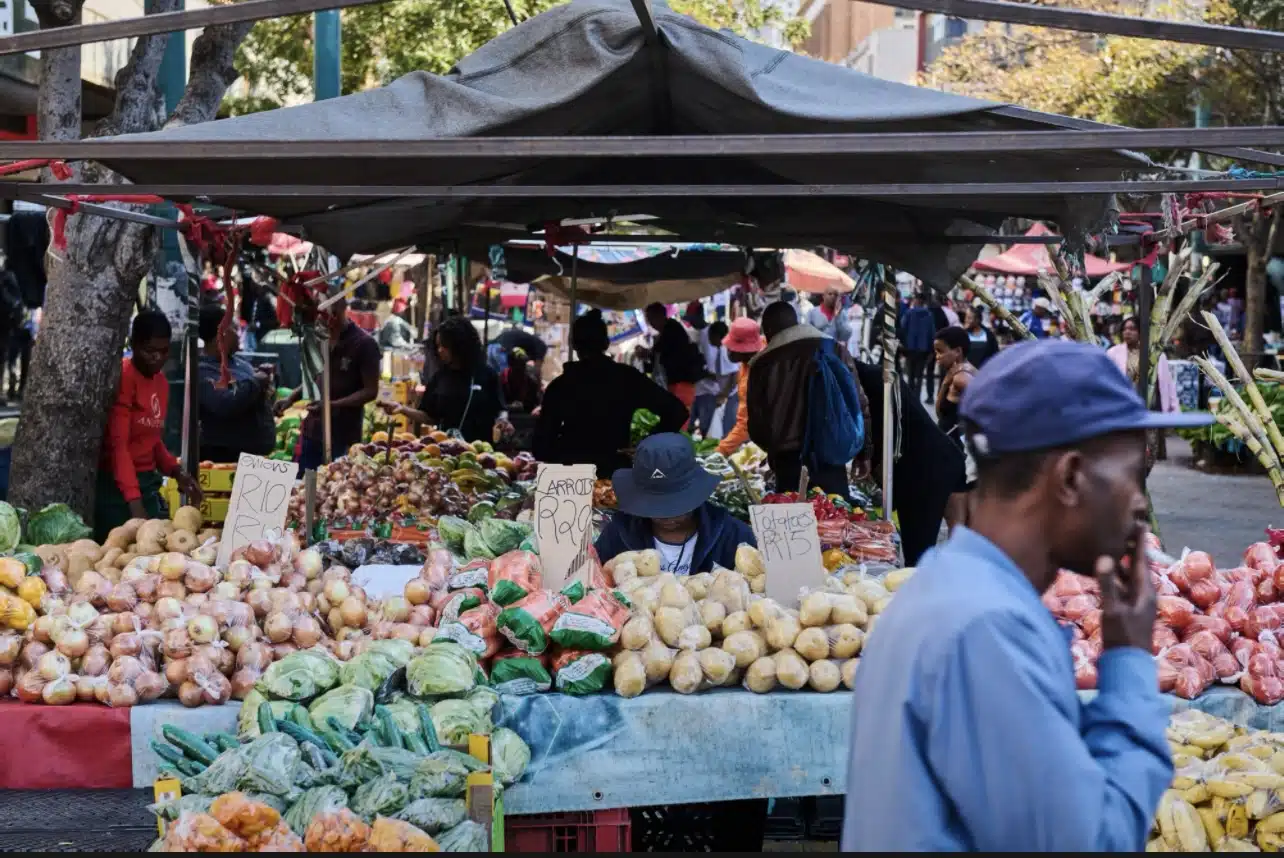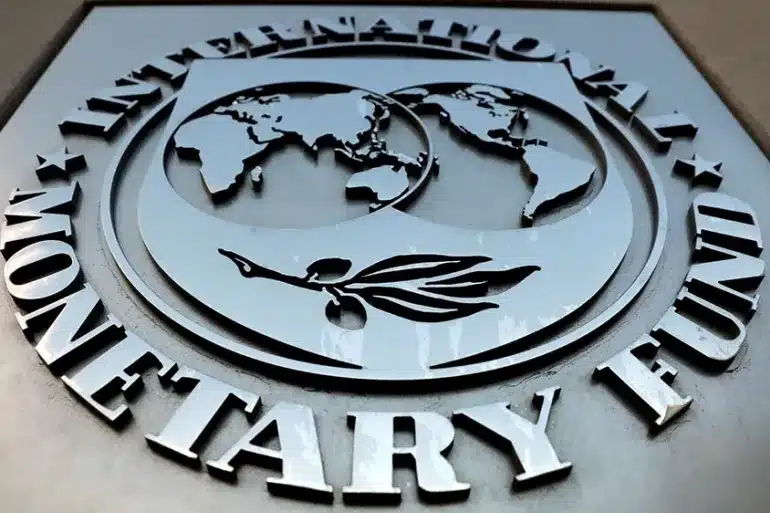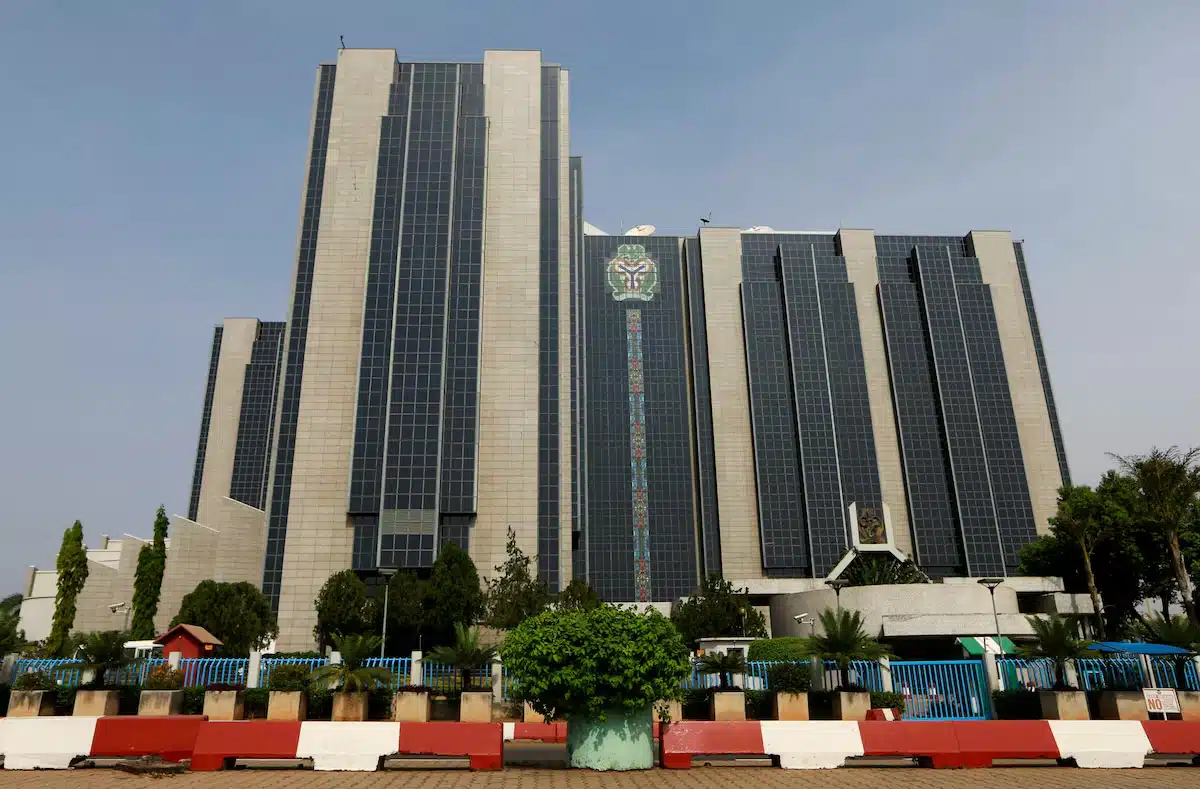Angola’s oil-tied debt exposure to China dropped from $10.2 billion as of December 2024 to $8.9 billion in June, marking a $1.3 billion decline in six months, data from the debt management office has revealed.
The reduction comes as the oil-rich southern African nation moves to scale back its reliance on asset-backed loans, in response to what officials describe as a more difficult external environment shaped by volatile commodity prices, rising borrowing costs and weaker investor appetite.
Dorivaldo Teixeira, director of the Debt Management Unit in Angola’s Ministry of Finance, said the government aims to bring the figure down even further by the end of 2025, to between $7.5 and $8 billion. The loans were secured using oil revenue as collateral.
“All debt collateralised by oil revenues is concentrated in agreements with China, which have been gradually reduced in recent years,” Teixeira told reporters late on Wednesday.
He also confirmed that Angola stopped contracting oil-backed loans with China in 2017.
External borrowing plans paused
Teixeira noted that Luanda, the country’s administrative capital, has paused plans to issue debt in international capital markets, citing the uncertain global backdrop.
“The government has adopted a more cautious and transparent approach to contracting external financing,” he said.
In April, Angola was forced to make a $200 million payment to JP Morgan as part of a margin call, after bond prices used as collateral for a $1 billion financing deal fell sharply.
That arrangement – known as a Total Return Swap – was designed to provide quicker access to funds than a traditional Eurobond sale.
However, the deal was caught in a broader market sell-off triggered by new US trade tariffs, which hit emerging market assets including Angola’s sovereign bonds.
The country’s 2030 Eurobond fell from 100 cents on the dollar at the end of March to as low as 86 cents, though prices have since rebounded to around 95 cents, according to market participants.
Despite the liquidity squeeze, the government said it was able to respond swiftly, describing it as a sign of Angola’s strong capital buffers.
Shift to domestic borrowing
In response to growing uncertainty and lower oil prices, the government has turned to domestic markets to close its financing gap.
Official figures show Angola raised 2.2 trillion kwanzas ( around $2.4 billion at 915.2 AOA/$1 as of July 24, 2025) through fixed-rate debt in the first half of 2025.
“The government has chosen to increase its reliance on the domestic market, which has shown greater resilience and responsiveness,” Teixeira said.
“The increase in domestic debt in the first half of 2025 reflects a deliberate adjustment strategy in response to an unfavourable external environment,” he added.
IMF cuts growth forecast
In May, the International Monetary Fund revised Angola’s 2025 growth outlook downward to 2.4%, citing concerns about falling oil prices and tighter global financial conditions.
Those concerns are tied to Angola’s dependence on crude oil, which makes up 95% of exports, provides 60% of government revenues, and supports roughly three-quarters of economic activity, according to IMF data.
With global oil prices staying below the government’s $70-per-barrel benchmark for 2025, and debt service payments for the year projected at $9.1 billion, analysts are watching how the country manages its balance sheet in the months ahead.









